How to Train Clients With Osteoporosis (Step-by-Step Guide)
Understanding how to train clients with osteoporosis can significantly broaden your client base as a personal trainer. However, it’s crucial to have the appropriate tools and knowledge to effectively train clients with this bone condition. As a personal trainer, you may come across a client with osteoporosis. Learn more about training clients with osteoporosis to help them safely and effectively. Utilizing certain personal training software features can assist in achieving this goal. Discover how to train clients with osteoporosis and learn about the necessary top training tools in this comprehensive guide.
- Training clients with osteoporosis necessitates a thoughtful approach that incorporates weight-bearing and resistance exercises to strengthen bones while avoiding activities that might risk fractures.
- Most clients with osteoporosis will need to focus on exercises that improve balance and stability, reduce the risk of falls, and enhance bone density, such as walking or gentle weight training.
- Implementing workout and assessment software can help ensure your client’s safety while assisting them in reaching their fitness goals with fewer setbacks.
Breaking into the training of special populations, like clients with osteoporosis, can be a rewarding avenue for personal trainers to expand their business.
To effectively train clients with osteoporosis, it’s important to not only understand the condition but also have the right tools to optimize your training; this is where personal training software becomes invaluable. By taking advantage of the features offered by the best software for personal trainers, you can train clients with osteoporosis in a way that enhances their bone health and reduces risk, not exacerbates it.
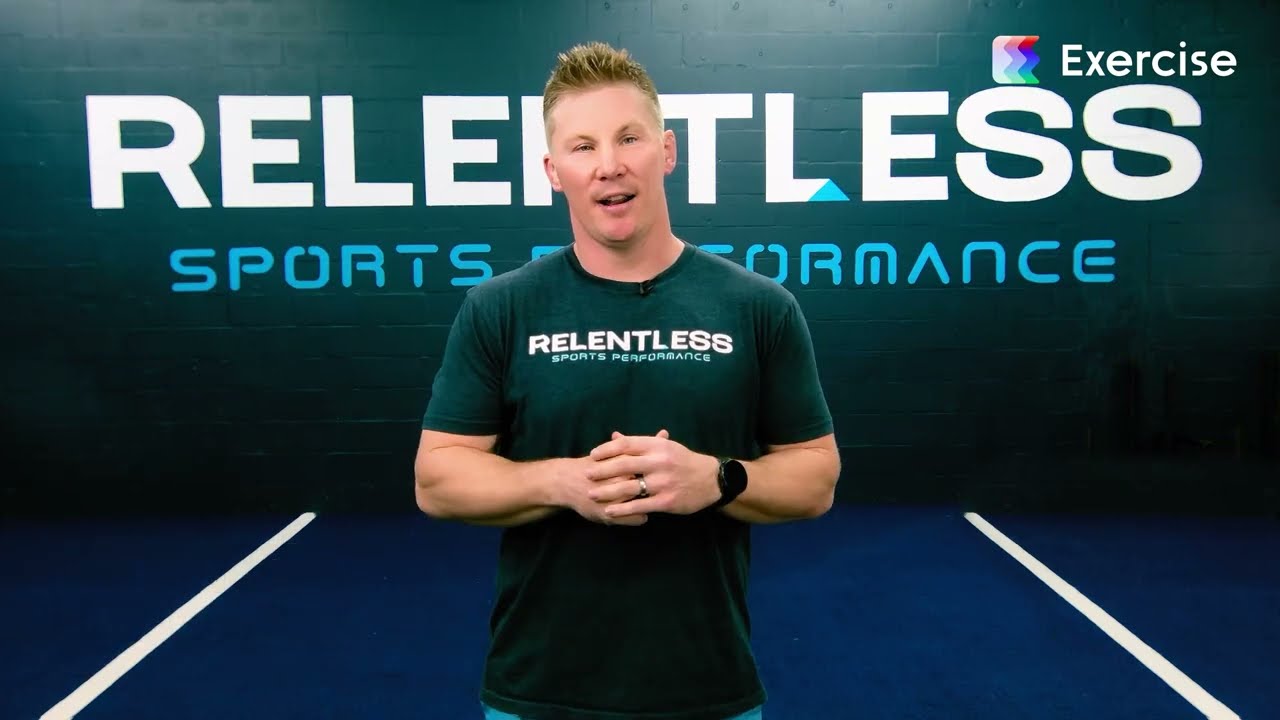
For a firsthand experience of the leading personal training software from Exercise.com, book a demo now!
Understanding Osteoporosis: Causes, Symptoms, and Risk Factors
Osteoporosis is a condition that weakens the bones, making them fragile and more susceptible to fractures. It is a common condition, especially among older adults, and can greatly impact their quality of life. As a fitness professional, it is crucial to understand osteoporosis and how to safely and effectively train clients who have been diagnosed with this condition.
Osteoporosis occurs when the body loses too much bone, makes too little bone, or both. It can be caused by various factors, including age, gender, family history, a sedentary lifestyle, low calcium and vitamin D intake, smoking, excessive alcohol consumption, certain medications, and medical conditions such as hormonal disorders.
Common symptoms of osteoporosis include back pain, loss of height over time, and a stooped posture. However, many people may not experience any symptoms until they fracture a bone. That is why it is essential to identify risk factors and proactively train clients with osteoporosis.
Osteoporosis is more common in women than in men. This is because women tend to have lower bone density and undergo hormonal changes during menopause that can accelerate bone loss. Additionally, women have smaller bones and longer lifespans, which increases their risk of developing osteoporosis.
Regular exercise, particularly weight-bearing and resistance exercises, can help improve bone density and reduce the risk of osteoporosis. These types of exercises stimulate the bones to become stronger and denser. It is important to consult with a healthcare professional or a certified trainer to develop an appropriate exercise program for individuals with osteoporosis.
- Osteoporosis is a disease that causes sufferers to lose bone and makes bones more fragile and at risk of fractures.
- Osteoporosis means the bones are porous and brittle.
- Proper diet and regular exercise help to preserve bone health.
When you hear the word osteoporosis, what comes to mind? Do you envision a little old lady who can hardly walk? Most people still believe that osteoporosis is a disease that only affects the elderly, but that’s not always true.
As a personal trainer, you have the responsibility to educate your clients on ways to prevent osteoporosis and maintain proper health. If you already have clients with osteoporosis, then you know how important it is for them to perform weight-bearing exercises.
If you are new to the niche, then it’s equally important that you become familiar with the disease. By doing so, you also have an opportunity to take on more clients by promoting bone-building techniques with your personal training services.
To manage your clients as effectively as possible, be sure to use the best personal training software platform, and get a demo now!
What Is Osteoporosis?
Osteoporosis is a disease that causes the bones to become softer. Healthy bone has a honeycomb-like appearance when viewed under a microscope. When someone develops osteoporosis, the spaces within the bone become much larger.
Osteoporotic bone often loses density and contains abnormal tissue structure.
When the quality and density of bone is decreased, it eventually becomes fragile and porous, which increases the risk of fracture. Typically, there are no precursors to the disease, and there are no symptoms until the first fracture occurs.
Risk Factors
Worldwide, one out of every three females and approximately one out of every five males are at risk of developing an osteoporotic fracture. Having osteoporosis means you are more likely to suffer a fracture due to lost density and bone mass.
Since osteoporosis is a silent disease, the first symptom is typically a fracture. But what are the risk factors for developing osteoporosis?
Age
Since bone density peaks around 30 years old, weight-bearing exercises and strength training are vital. When bone density starts to diminish, you also need to make sure your diet is rich in vitamin D and calcium, which keeps bones strong as you get older.
Family History
Osteoporosis also tends to run in families, so if one of your parents was diagnosed, you could develop the disease as well. Your family physician can perform routine testing to check for any nutritional deficiencies you may have and prescribe supplements as needed.
Lifestyle
Living a sedentary lifestyle, particularly sitting for more than four hours a day, is one of the primary causes of osteoporosis. As we get older, we need to place vertical forces on our skeletal system to maintain proper bone health. Lack of regular exercise, which includes weight training, increases the risk of osteoporosis.
Gender
Even though both men and women can develop osteoporosis, postmenopausal women over the age of 50 are more likely to develop osteoporosis. In addition to a positive family history and sedentary lifestyle, other medical risk factors can increase the likelihood of developing osteoporosis.
Premature menopause, low body weight, and thyroid disease all increase the risk of osteoporosis in women. Men may be at higher risk for osteoporosis if they suffer from low levels of testosterone, malabsorption disorders, and thyroid disease.
Other medical and non-medical risk factors include and are not limited to:
- Smoking
- Excessive alcohol use
- Poor eating habits
- Lack of vitamin D
- Menstrual irregularities in young adults
- Depression
Personal Training and Osteoporosis
There are many different modalities for the prevention and treatment of osteoporosis. The information below is designed to help you understand the differences and give you an idea of how to create safe exercise programs for all of your clients.
Helping Clients Prevent Osteoporosis
The routines you create for your clients may already involve weight-bearing exercises, which are vital in the prevention of osteoporosis.
Weight-bearing exercises are any types of exercise that work against gravity.
These exercises include:
- Dancing
- Jogging
- Walking
- Push-Ups
It’s never too early to start preventing osteoporosis. Young adults are encouraged to lead a healthy lifestyle and perform at least 60 minutes of weight-bearing activity every day. Participation in sports during childhood and teenage years is recommended.
In addition to regular exercise, consume a healthy diet enriched with calcium, vitamin D, fresh fruit, and vegetables; and avoid excessive alcohol use. Furthermore, smoking should be avoided, and proper sleeping habits should be implemented.
Treatment of Osteoporosis
As a personal trainer, it’s your job to educate your clients who have osteoporosis. If they’ve been diagnosed with osteopenia, a precursor to osteoporosis, creating an exercise plan that incorporates aerobic activity with weight-bearing exercises is key to preventing full-blown osteoporosis.
Posture
Encourage clients by reiterating that it’s never too late to start building healthy bones. In only 30 to 60 minutes a day, high-intensity exercise combined with a healthy diet can ward off the ill-effects of osteoporosis.
Core Strength
A strong core protects even the most agile fitness enthusiast from injury, so teaching core awareness should be at the top of your to-do list. Instruct clients on the proper use of their transverse and oblique muscles while tapping into their core muscles, which include the following:
- The latissimus dorsi
- The intercostals
- The psoas
Osteoporosis and Your Clients
Osteoporosis is a complex disease that we are still learning ways to treat and prevent. As a personal trainer, you need to develop workout routines that benefit all of your clients. They need to be versatile yet personalized. Just as no two clients are the same, neither are their fitness needs.
Effective training begins with a complete fitness analysis prior to training. With Exercise.com’s business management software, you can conduct performance assessments and send them directly to your clients. Request a demo to learn more!
The Importance of Exercise for Osteoporosis Management
Exercise plays a vital role in managing osteoporosis. It helps to strengthen the bones, improve muscle strength and balance, thereby reducing the risk of falls and fractures. Additionally, regular exercise can enhance overall fitness, increase flexibility, and improve mood and well-being for individuals with osteoporosis.
It is important to note that not all exercises are safe or beneficial for clients with osteoporosis. A comprehensive and personalized exercise program that takes into account their fitness level, bone density, and individual needs is crucial for optimal results.
Weight-bearing exercises, such as walking, jogging, and dancing, are particularly beneficial for individuals with osteoporosis. These activities put stress on the bones, which stimulates the production of new bone tissue and helps to maintain bone density. It is recommended to engage in weight-bearing exercises for at least 30 minutes, three to four times a week.
In addition to weight-bearing exercises, resistance training is also important for managing osteoporosis. This type of exercise involves using weights or resistance bands to strengthen the muscles and bones. Resistance training can be done with machines, free weights, or bodyweight exercises. It is advisable to consult with a qualified fitness professional to ensure proper form and technique when performing resistance exercises.
Assessing the Fitness Level and Bone Density of Clients with Osteoporosis
Before designing an exercise program, it is essential to assess the fitness level and bone density of clients with osteoporosis. This assessment can help determine the starting point, set realistic goals, and monitor progress throughout the training process.
Fitness assessments may include evaluating cardiovascular endurance, muscular strength and endurance, flexibility, and balance. These assessments provide valuable information to tailor the exercise program and ensure its safety and efficacy.
Additionally, assessing the bone density of clients with osteoporosis is crucial in designing an exercise program. Bone density tests, such as dual-energy X-ray absorptiometry (DXA), can measure the density of bones and identify the severity of osteoporosis. This information helps determine the appropriate exercises and intensity levels to avoid fractures and further bone loss.
Designing a Personalized Exercise Program for Clients with Osteoporosis
Once the client’s fitness level and bone density have been assessed, it is time to design a personalized exercise program. This program should include a variety of exercises targeting different aspects of fitness while keeping in mind the unique needs and limitations of individuals with osteoporosis.
A well-rounded exercise program for clients with osteoporosis should include weight-bearing exercises, strength training, cardiovascular exercise, flexibility and range of motion exercises, core stability and balance training, and modifications or adaptations as needed. It is important to start slowly and gradually increase the intensity and duration of the exercises, ensuring that the client can safely and comfortably perform them.
Weight-bearing exercises are particularly important for individuals with osteoporosis as they help to strengthen bones and improve bone density. Examples of weight-bearing exercises include walking, jogging, dancing, and stair climbing. These exercises should be performed with proper form and technique to minimize the risk of injury.
In addition to weight-bearing exercises, strength training is crucial for clients with osteoporosis. Resistance exercises using weights, resistance bands, or body weight can help to build muscle strength and improve bone health. It is important to focus on exercises that target major muscle groups, such as squats, lunges, push-ups, and bicep curls.
Safe and Effective Strength Training Exercises for Osteoporosis
Strength training is an integral part of an exercise program for clients with osteoporosis. It helps to improve bone density, increase muscle strength, and enhance balance and stability. However, it is essential to prioritize safety and choose exercises that minimize the risk of fractures.
Some safe and effective strength training exercises for clients with osteoporosis include squats, lunges, standing or seated leg presses, seated rows, chest presses, shoulder presses, and bicep curls. These exercises should be performed with proper form and technique, and the resistance should be appropriate for the individual’s current strength level.
In addition to these exercises, it is also beneficial for clients with osteoporosis to incorporate weight-bearing exercises into their strength training routine. Weight-bearing exercises involve activities that require you to support your body weight, such as walking, jogging, dancing, or stair climbing. These exercises help to stimulate bone growth and improve overall bone health.
Incorporating Weight-Bearing Activities into the Workout Routine
Weight-bearing activities are critical for improving bone strength and density in clients with osteoporosis. These activities include any exercise where the body’s weight is supported by the legs and feet. Walking, jogging, stair climbing, dancing, and low-impact aerobics are excellent choices.
It is important to gradually increase the intensity and duration of weight-bearing activities to avoid excessive stress on the bones. Mixing different weight-bearing activities throughout the week can provide variety and help prevent boredom, ensuring long-term adherence to the exercise program.
In addition to weight-bearing activities, resistance training is also beneficial for individuals with osteoporosis. Resistance training involves using weights, resistance bands, or bodyweight exercises to strengthen muscles and bones. It can help improve balance, stability, and overall bone health. Examples of resistance exercises include squats, lunges, bicep curls, and chest presses.
Balancing Cardiovascular Exercise with Osteoporosis Management
In addition to strength training and weight-bearing activities, cardiovascular exercise is essential for clients with osteoporosis. It helps to improve heart health, enhance endurance, burn calories, and manage weight. However, certain precautions should be taken to ensure the safety of individuals with osteoporosis.
Low-impact cardiovascular exercises such as cycling, swimming, elliptical training, and water aerobics are ideal for clients with osteoporosis. These exercises are gentle on the joints and reduce the risk of fractures. It is important to customize the intensity and duration of cardiovascular exercise based on the client’s fitness level and any other health considerations they may have.
It is also important to note that individuals with osteoporosis should avoid high-impact activities such as running, jumping, or high-intensity interval training. These activities can put excessive stress on the bones and increase the risk of fractures. Instead, focus on exercises that provide cardiovascular benefits without compromising bone health.
Flexibility and Range of Motion Exercises for Clients with Osteoporosis
Flexibility exercises help improve joint mobility, prevent stiffness, and reduce the risk of falls and fractures. Clients with osteoporosis can benefit greatly from incorporating regular stretching and range of motion exercises into their routine.
Some effective flexibility exercises include shoulder rolls, neck stretches, seated forward bends, side bends, standing quadriceps stretches, calf stretches, and gentle spinal twists. It is important to remind clients to perform these exercises in a pain-free range of motion and to avoid any movements that cause discomfort or strain.
In addition to flexibility exercises, clients with osteoporosis should also include weight-bearing exercises in their routine. Weight-bearing exercises help to strengthen bones and improve bone density, which is especially important for individuals with osteoporosis. Examples of weight-bearing exercises include walking, jogging, dancing, stair climbing, and low-impact aerobics. It is important for clients to start with exercises that are appropriate for their fitness level and gradually increase intensity as tolerated.
Core Stability and Balance Training for Osteoporosis Prevention
Core stability and balance training are crucial for preventing falls and fractures in clients with osteoporosis. These types of exercises focus on improving core strength, stability, and proprioception.
Some effective core stability and balance exercises for clients with osteoporosis include abdominal bracing, pelvic tilts, standing on one leg, heel-to-toe walking, and balance exercises using a stability ball or balance board. The duration and intensity of these exercises can be gradually increased over time to challenge the client’s balance and stability.
Modifications and Adaptations: Training Techniques for Clients with Osteoporosis
When training clients with osteoporosis, it is important to make necessary modifications and adaptations based on their individual needs and limitations. This may include providing alternative exercises, adjusting the range of motion, reducing the weight or resistance, using assistive devices for balance, and incorporating modifications for joint protection.
It is crucial to communicate with the client and pay attention to their feedback during exercise sessions. Monitoring how they feel during and after each exercise can help identify any discomfort or potential issues that may arise, allowing for adjustments to be made as needed.
Monitoring Progress and Adjusting Exercise Programs for Osteoporosis Clients
Consistently monitoring the progress of clients with osteoporosis is essential for ensuring the effectiveness of their exercise program. Regular assessments can help determine if any adjustments or modifications need to be made to improve their outcomes.
Re-assessing bone density, physical fitness, and any changes in the individual’s health condition can guide the process of adjusting the exercise program. Additionally, tracking the client’s adherence, motivation, and overall satisfaction with the program can provide valuable insights into their progress and help reinforce their commitment to exercise.
Nutrition and Dietary Considerations for Optimal Bone Health in Osteoporosis Clients
While exercise is crucial for managing osteoporosis, proper nutrition and dietary considerations are equally important. A well-balanced diet rich in calcium, vitamin D, protein, and other essential nutrients can support optimal bone health and help prevent further bone loss.
It is recommended to encourage clients with osteoporosis to consume calcium-rich foods such as dairy products, leafy green vegetables, and fortified foods. They should also ensure an adequate intake of vitamin D through natural sunlight exposure or dietary sources like fatty fish, egg yolks, and fortified products. A diet that includes sufficient protein and other essential nutrients is essential for overall bone health and muscle strength.
Collaborating with Healthcare Professionals: A Team Approach to Osteoporosis Management
When working with clients who have osteoporosis, it is crucial to collaborate with their healthcare professionals. This team approach ensures that the exercise program aligns with any medical considerations or restrictions and enhances the overall management of osteoporosis.
Regular communication, sharing progress reports, and seeking guidance from healthcare professionals can help address any specific concerns or modifications needed for the client’s exercise program. It also fosters a more comprehensive and holistic approach to osteoporosis management.
Motivating and Empowering Clients with Osteoporosis to Stay Active and Committed to Their Exercise Regimen
It is important to motivate and empower clients with osteoporosis to stay active and committed to their exercise regimen. Osteoporosis can be a challenging condition to manage, and clients may face setbacks or times when they feel discouraged.
As a fitness professional, you can provide support, encouragement, and education about the importance of exercise for managing osteoporosis. Emphasize the positive impact of regular physical activity on their overall well-being and quality of life. Help them set realistic goals, track their progress, and celebrate their achievements along the way.
By fostering a positive and inclusive environment, you can inspire clients with osteoporosis to take charge of their health and embrace an active lifestyle.
Remember, every client with osteoporosis is unique, and their exercise program should be tailored to their individual needs and capabilities. By combining knowledge, empathy, and a personalized approach, you can make a significant difference in the lives of clients with osteoporosis, helping them maintain bone health, improve their overall fitness, and enhance their quality of life.
What types of exercise are appropriate for osteoporotic clients?
For osteoporotic clients, exercises that help improve bone density, balance, and muscle strength are appropriate. Weight-bearing exercises like walking, dancing, and stair climbing can be beneficial. Resistance exercises using weights, resistance bands, or body weight are also recommended. Balance and posture exercises, such as tai chi or yoga, can help reduce the risk of falls.
What type of training reduces the risk of osteoporosis?
Weight-bearing exercises and resistance training are types of training that can help reduce the risk of osteoporosis. Weight-bearing exercises, where you bear your own body weight, help stimulate bone growth. Resistance training, including exercises that target major muscle groups, helps improve muscle strength and supports bone health.
Can a personal trainer help with osteoporosis?
Yes, a personal trainer can be of great assistance for individuals with osteoporosis. A knowledgeable personal trainer can develop exercise programs tailored to the individual’s needs, focusing on exercises that promote bone health, improve strength, balance, and flexibility. They can also provide guidance on proper form and technique to ensure safety during workouts.
Is weight training good for osteoporosis?
Yes, weight training can be very beneficial for individuals with osteoporosis. It helps strengthen muscles and improves bone density. Weight training exercises like squats, lunges, deadlifts, and bicep curls can target major muscle groups and provide the necessary stimulus for bone growth.
What exercises can you do with osteoporosis osteopenia?
With osteoporosis or osteopenia, exercises that are weight-bearing and resistance-based are recommended. Examples include walking, hiking, dancing, stair climbing, weightlifting, and resistance band exercises. It’s important to work with a healthcare professional or a qualified fitness trainer to determine the appropriate exercises and ensure proper form and progression.
What exercises are good for osteoporosis of the hip?
Exercises that are good for osteoporosis of the hip include weight-bearing exercises like walking, hiking, or dancing, as well as resistance exercises targeting the muscles around the hip joint. Examples include leg lifts, hip bridges, squats, lunges, and seated leg presses. It’s important to choose exercises that are appropriate for the individual’s current fitness level and work within their range of motion.
Why is strength training recommended for prevention of osteoporosis?
Strength training is recommended for the prevention of osteoporosis because it helps stimulate bone growth and improve bone density. The stress placed on the bones during strength training exercises promotes bone remodeling, leading to stronger bones. Additionally, strength training helps improve muscle strength, balance, and overall physical function, reducing the risk of falls and fractures.
Is walking on a treadmill good for osteoporosis?
Yes, walking on a treadmill can be beneficial for individuals with osteoporosis. It is a weight-bearing exercise that helps stimulate bone growth and improve bone density. It’s important to start at a comfortable pace and gradually increase intensity and duration as tolerated. Proper footwear and maintaining good posture while walking are also important considerations.
Does strength training increase bone density?
Yes, strength training has been shown to increase bone density. When you engage in resistance exercises that stress the bones, it stimulates the production of new bone cells and promotes bone remodeling. Over time, this can lead to increased bone density, reducing the risk of osteoporosis and fractures.
Use the Best Personal Training Software to Offer a Stellar Client Experience
Training clients with back pain requires a comprehensive and tailored approach. See how Exercise.com can help.
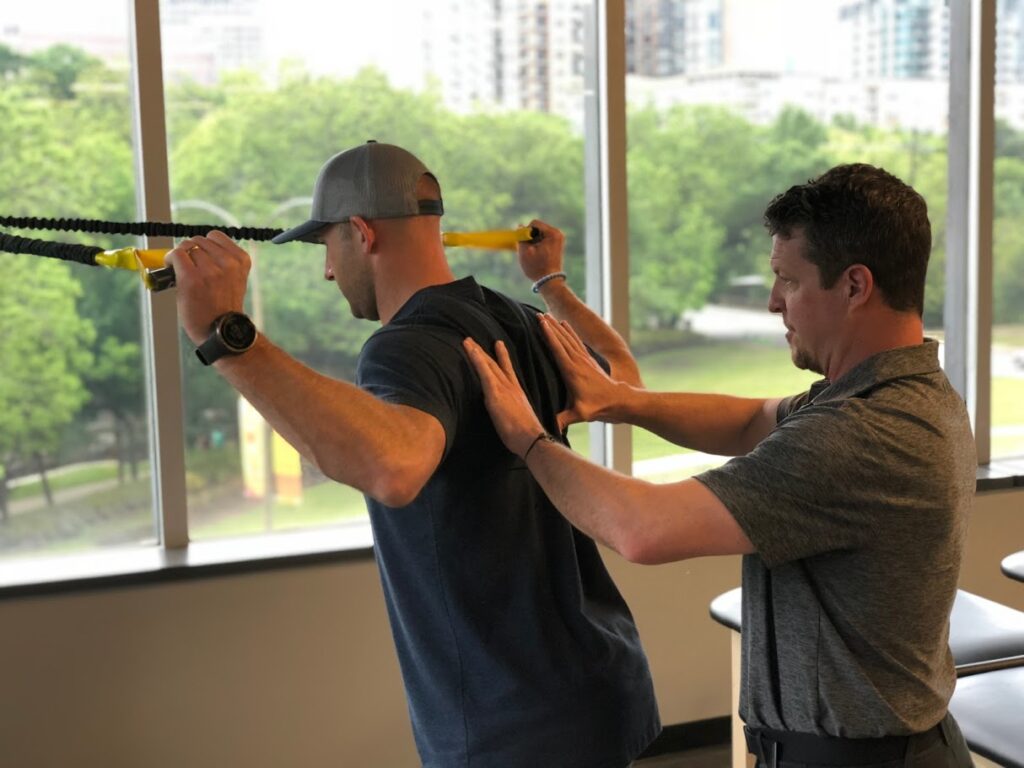
To learn more about how Exercise.com can help you run your fitness business, book a demo now!
Creating Training Plans for Clients with Osteoporosis
Here’s how you can help your clients accomplish their training goals by using workout plan creator software to create workout plans, run fitness challenges, offer online workout groups, message clients, and more, all from your very own custom branded fitness apps.
Exercise.com stands out as an all-in-one fitness business management software with comprehensive workout plan sales capabilities. The robust member management, billing & invoicing, and unique fitness assessment tools offer a one-stop solution for fitness business needs. Here’s just some of what you can do with the Exercise.com platform:
Engage with clients via automations.
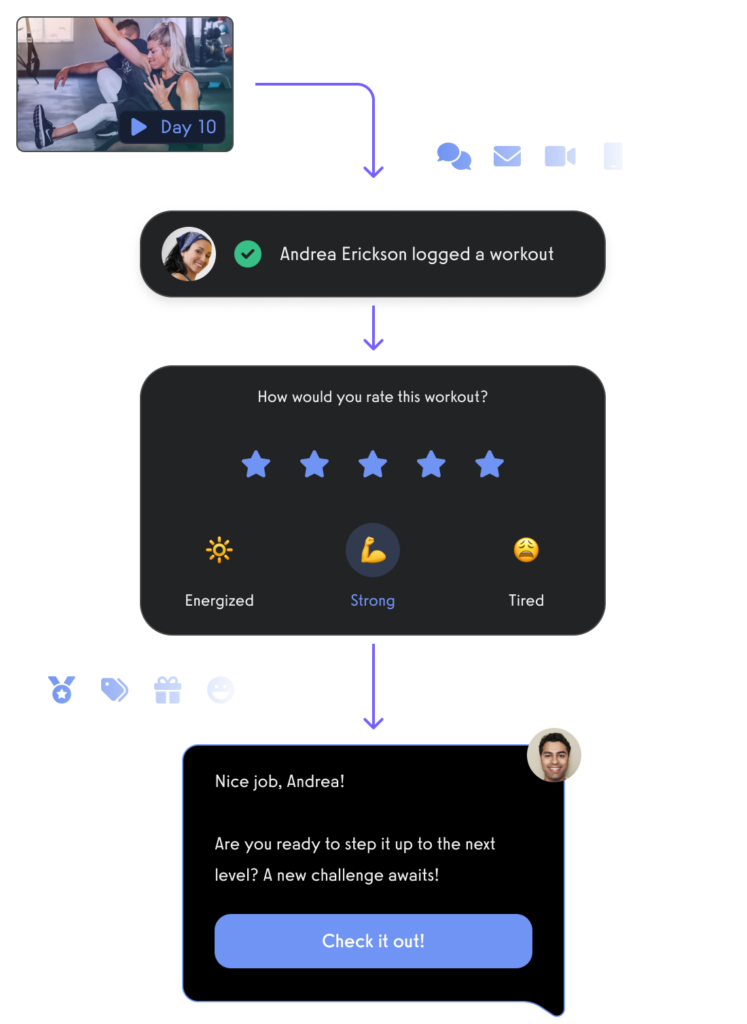
Manage leads with a fitness CRM.
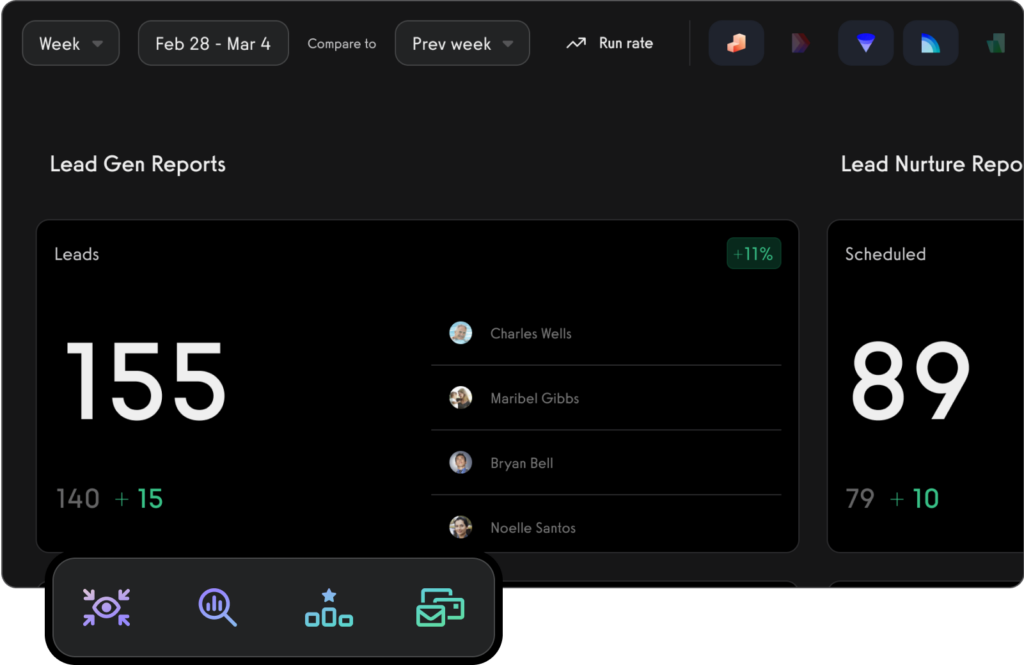
Create and send fitness assessments with ease.
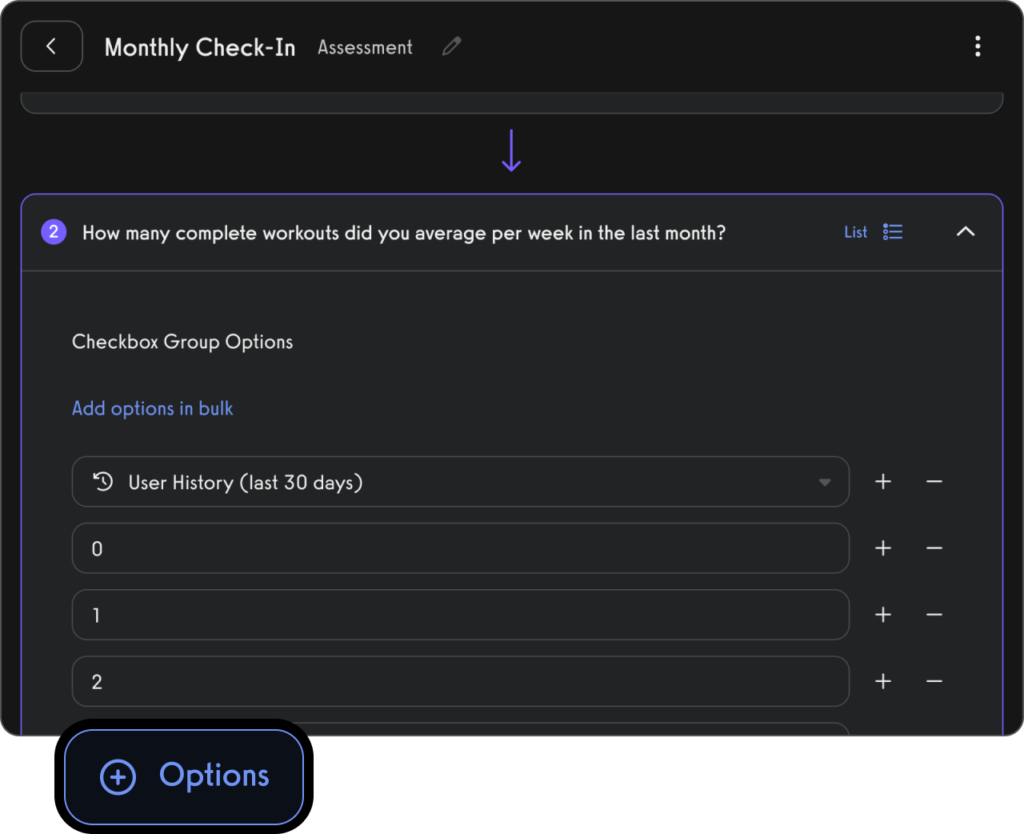
Use fitness habit tracking to inspire and motivate personal training clients (in-person and remote).
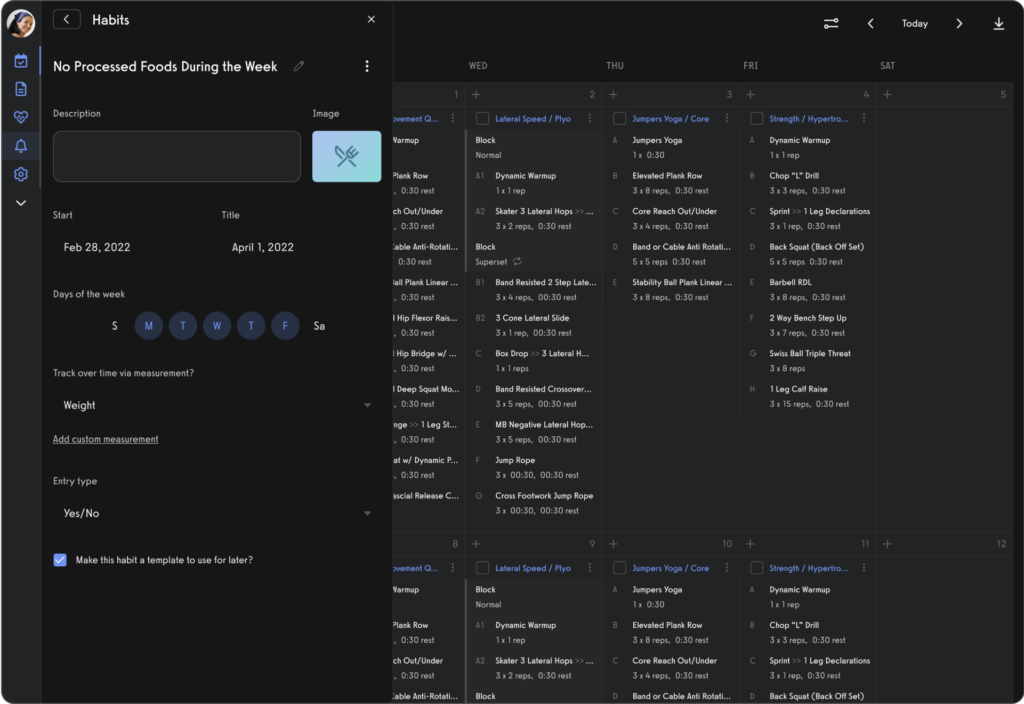
Use fitness progress photos to engage with clients.
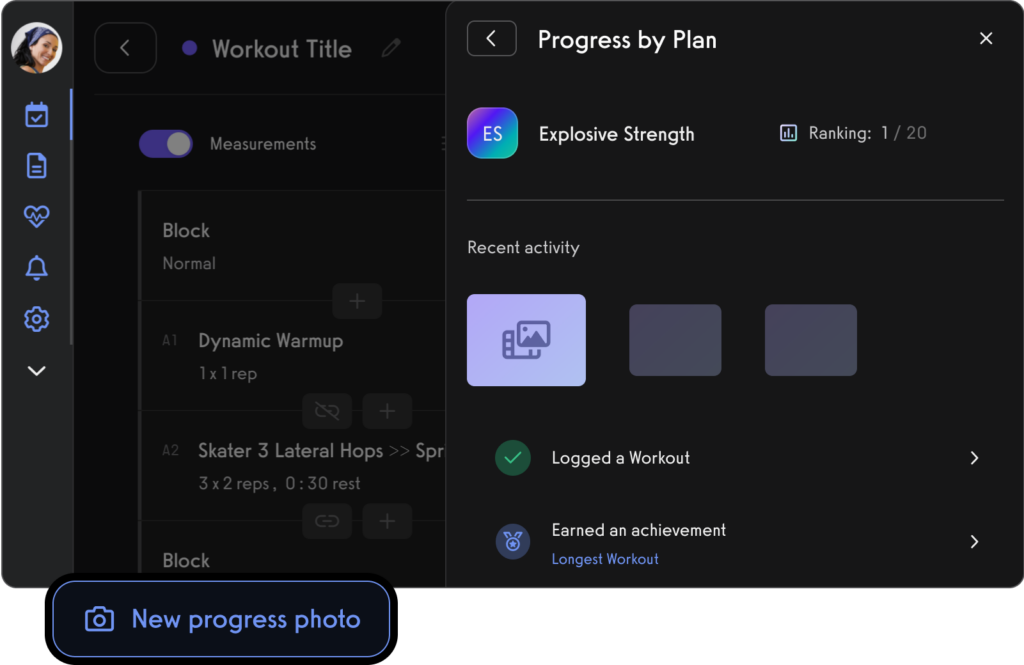
Use fitness leaderboards to track performance and inspire healthy competition.
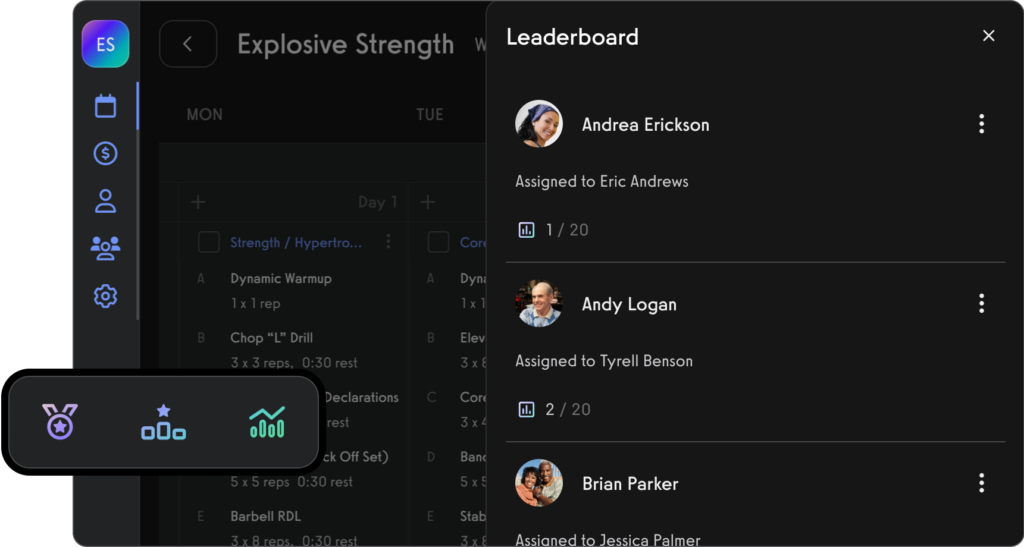
Use the exercise demonstration video library or create your own custom exercise demonstration videos.
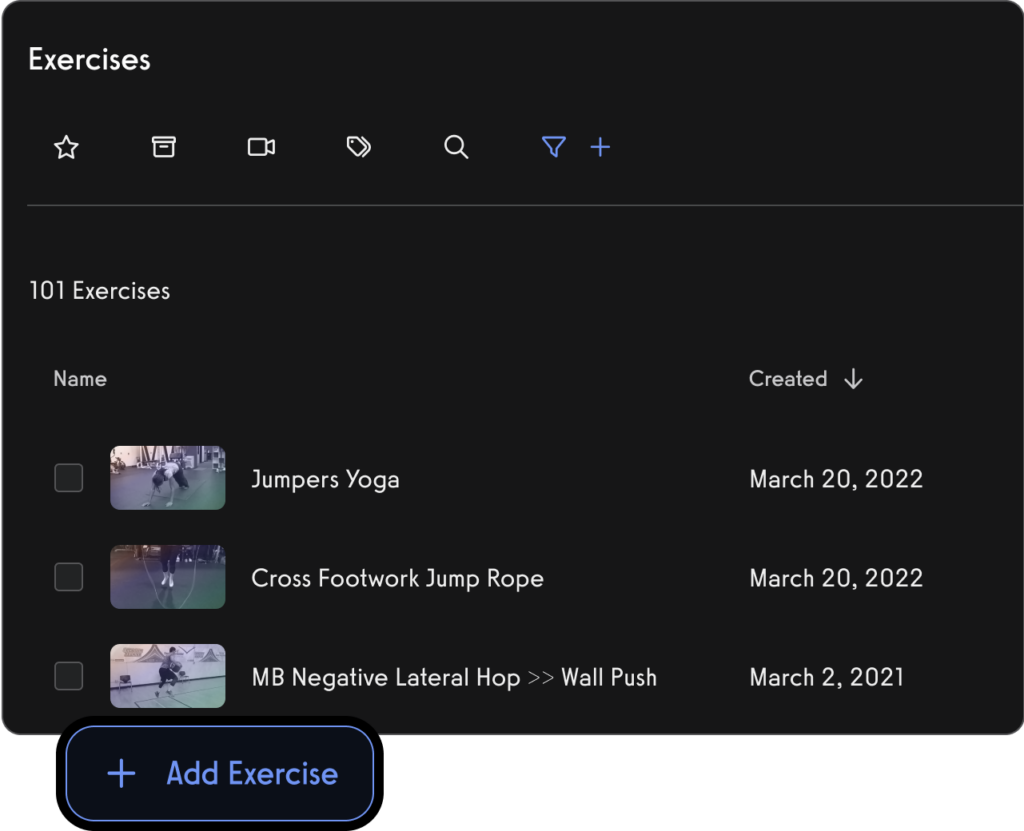
Create workout plans for parents and dependents, teams and more.
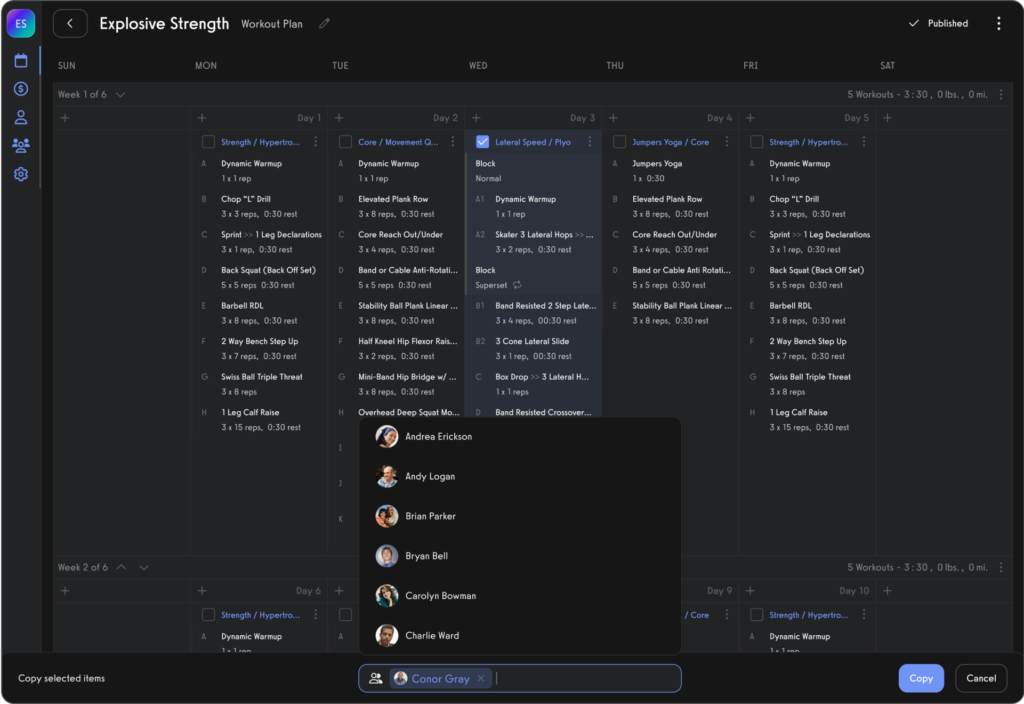
Manage personal training clients with ease.
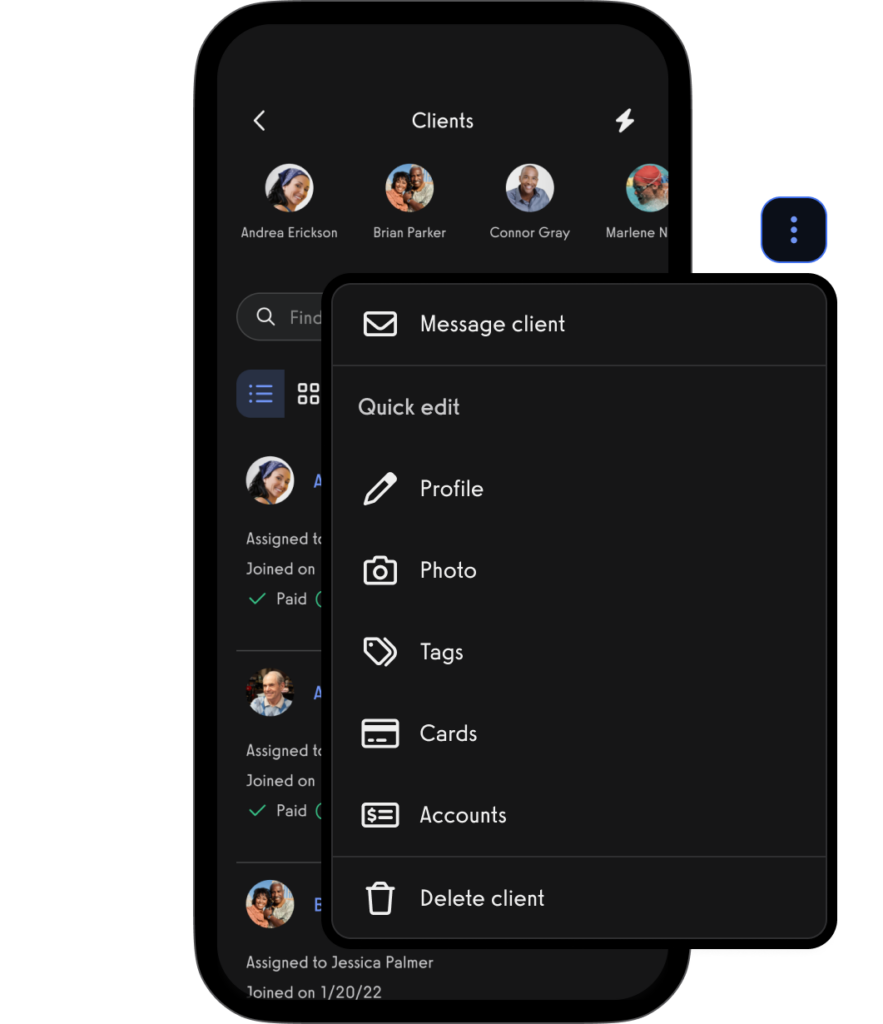
Book appointments for clients (Read More: Best Gym Booking Software)
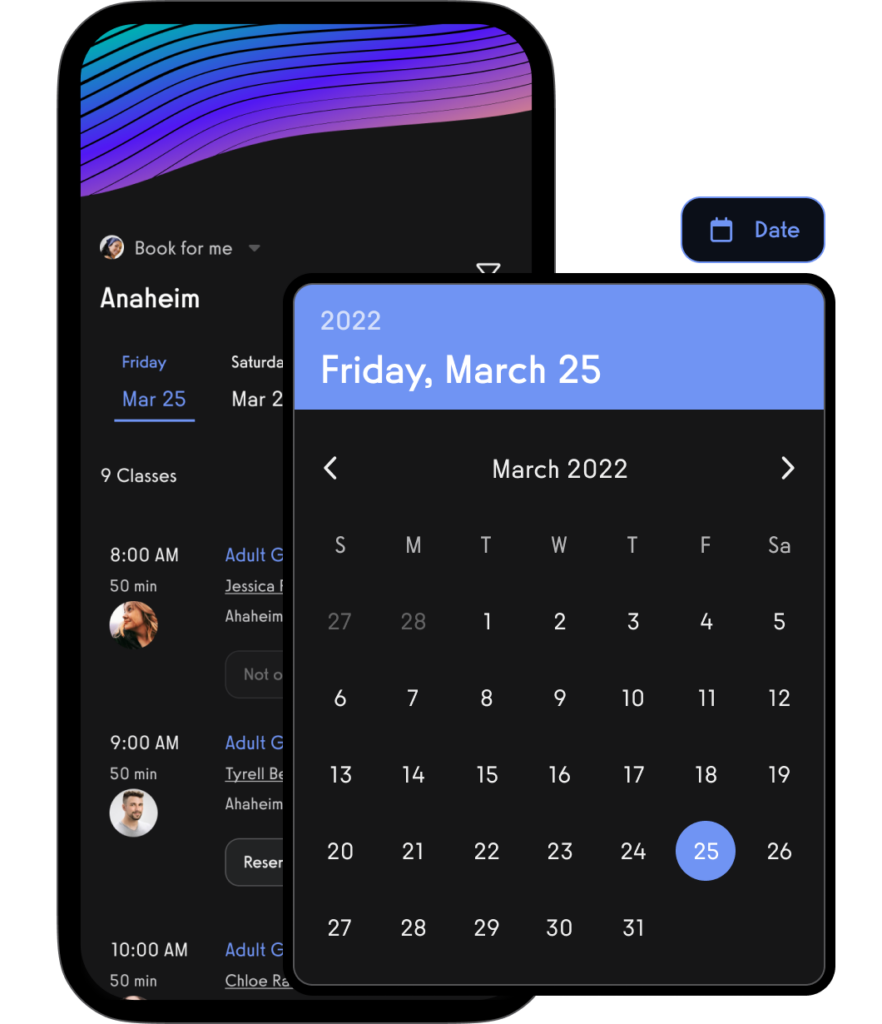
Create classes and fitness groups
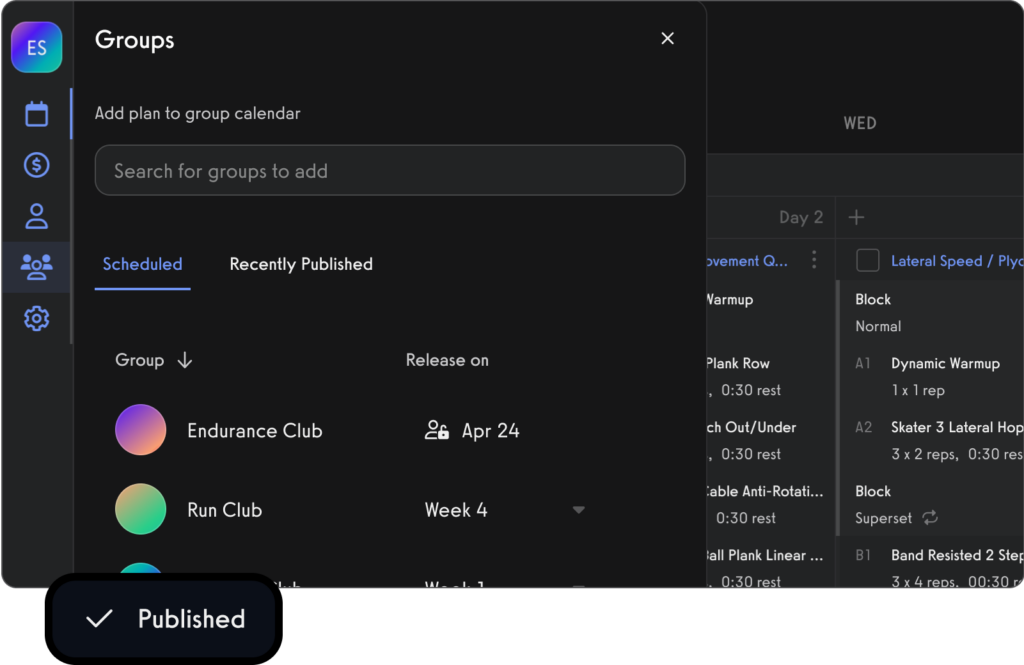
Manage fitness challenges (Read More: 100+ Fitness Challenge Ideas)

Process payments for open gym, classes, and personal training.
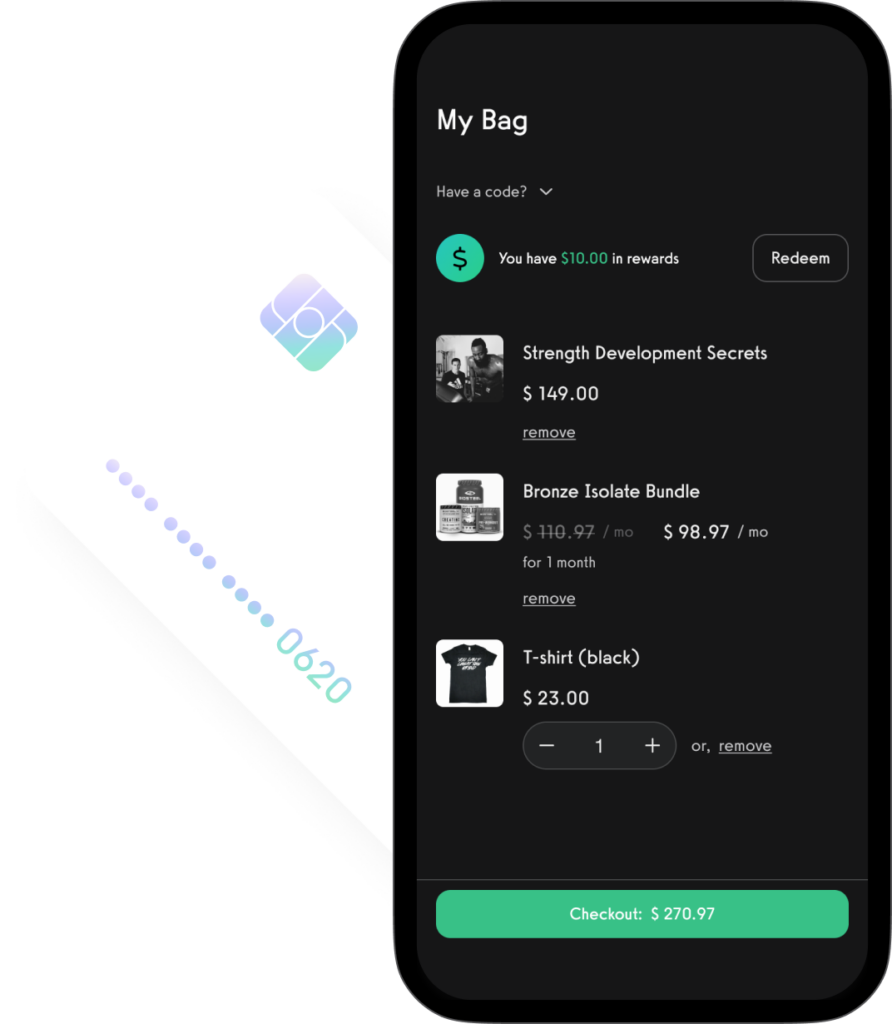
Communicate with gym members, athletes, team members, personal training clients, class members, parents, and dependents via SMS, email, and in-app push notification.
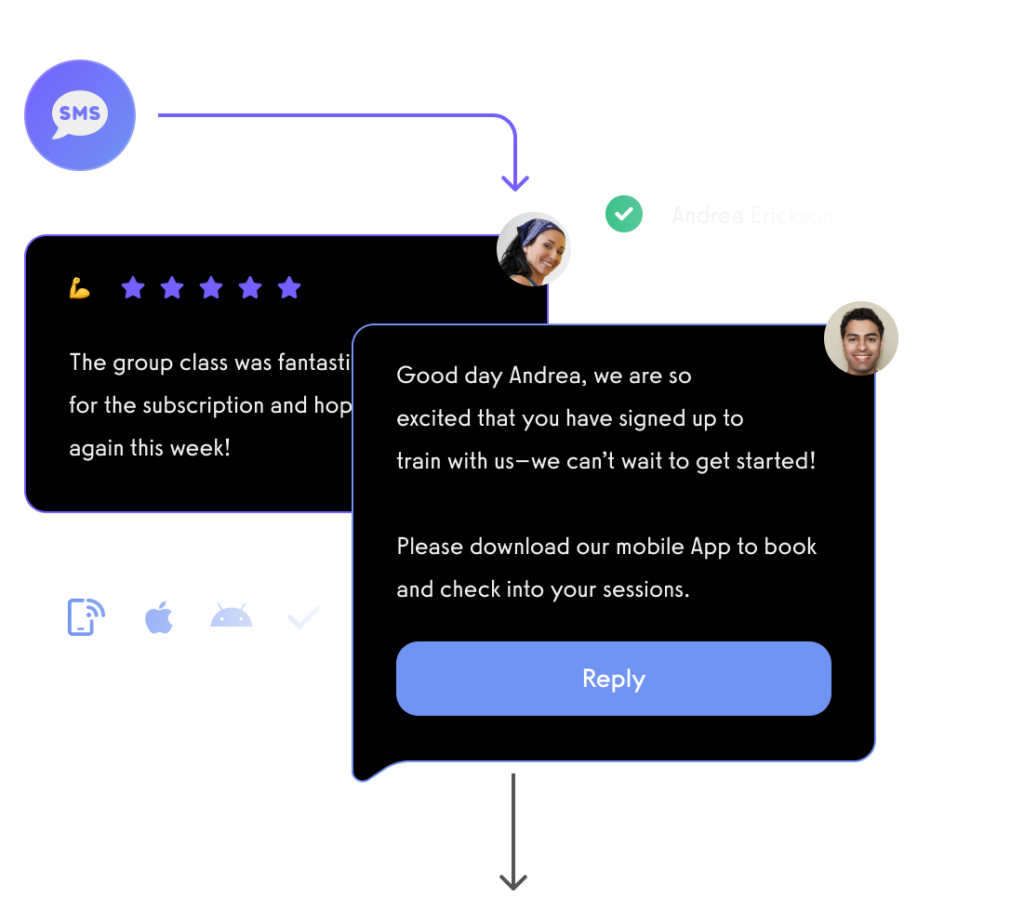
View performance over time, track personal records, and other fitness stats with performance reporting dashboards.
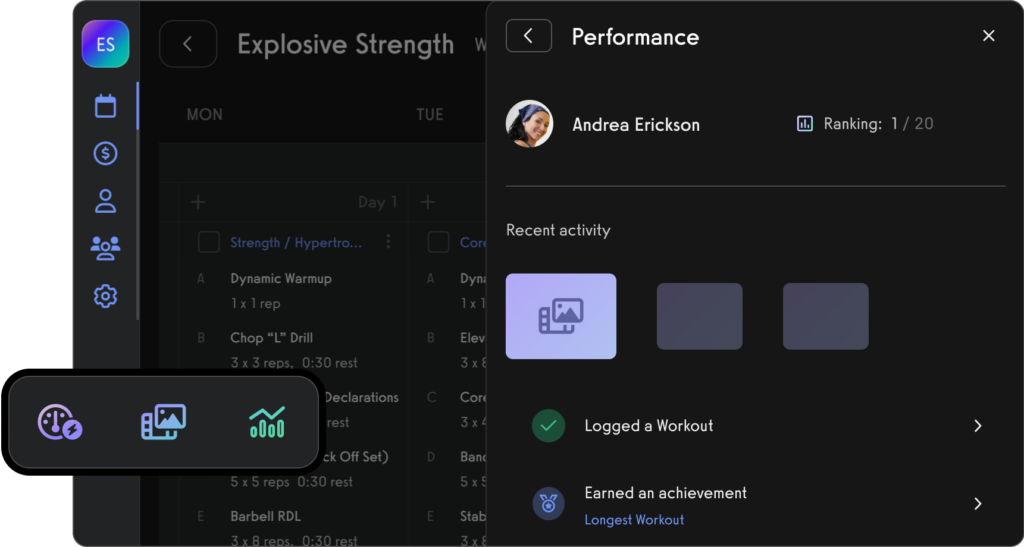
And of course, view all of your fitness business reports easily too.

All from your custom-branded fitness apps (Read More: Best Gym Mobile Fitness Apps Software)

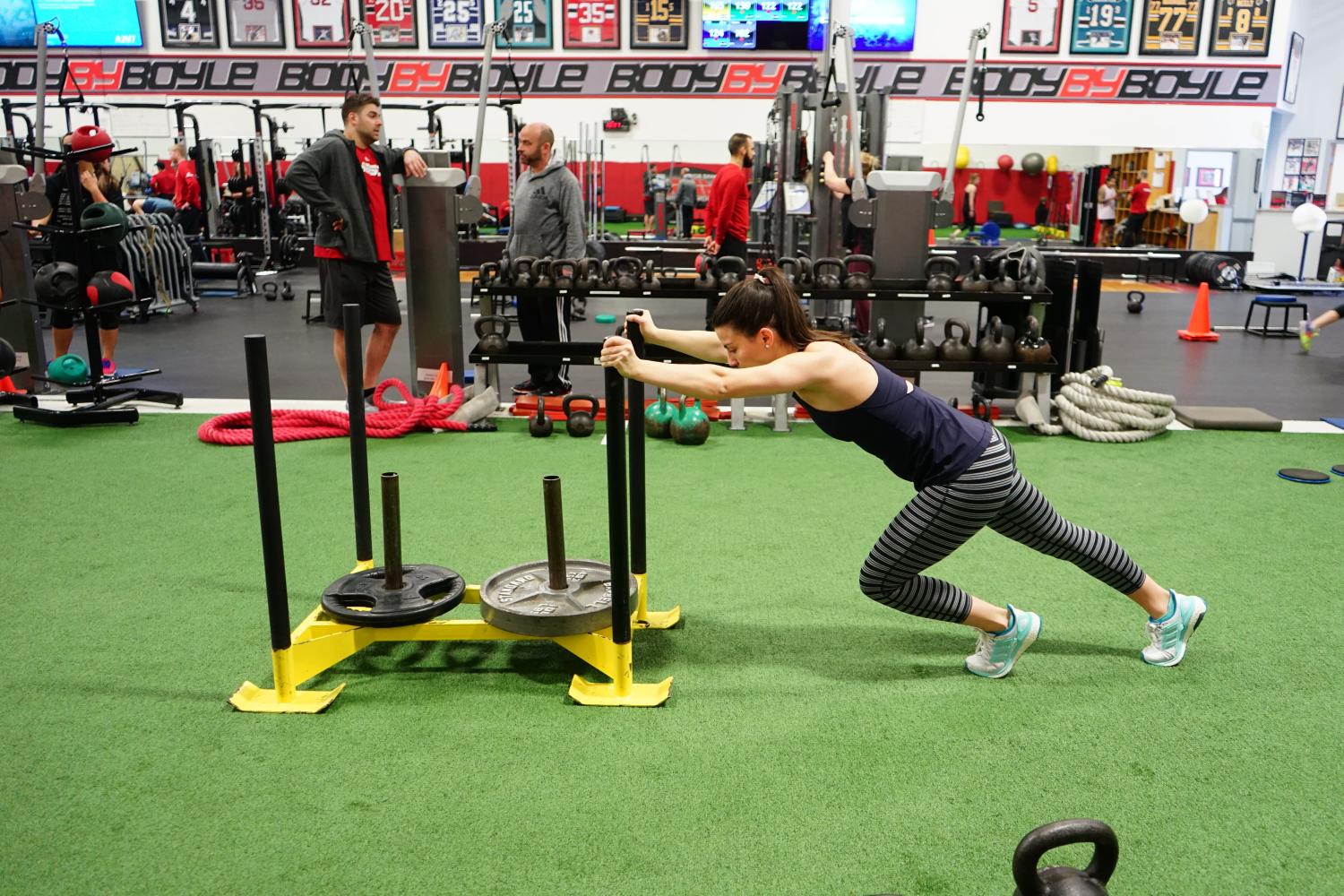
Want to learn how your fitness business can take it to the next level? Get a demo now!









